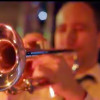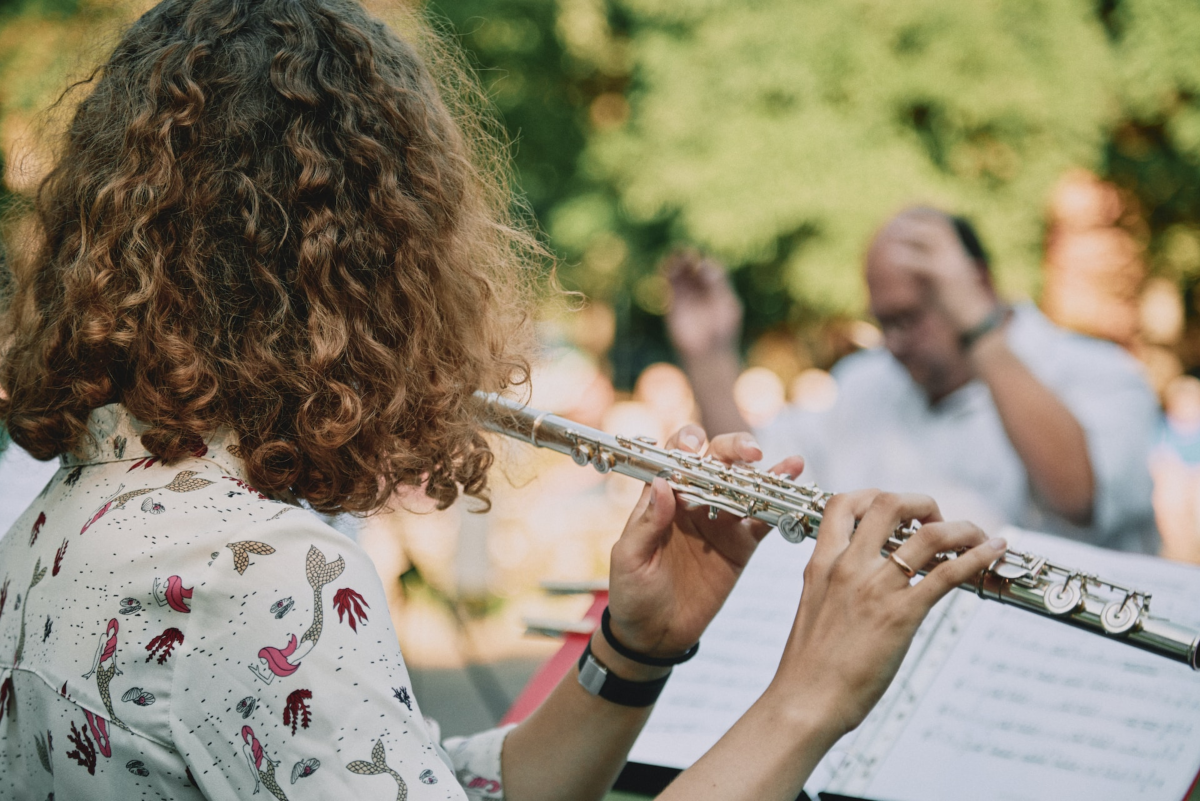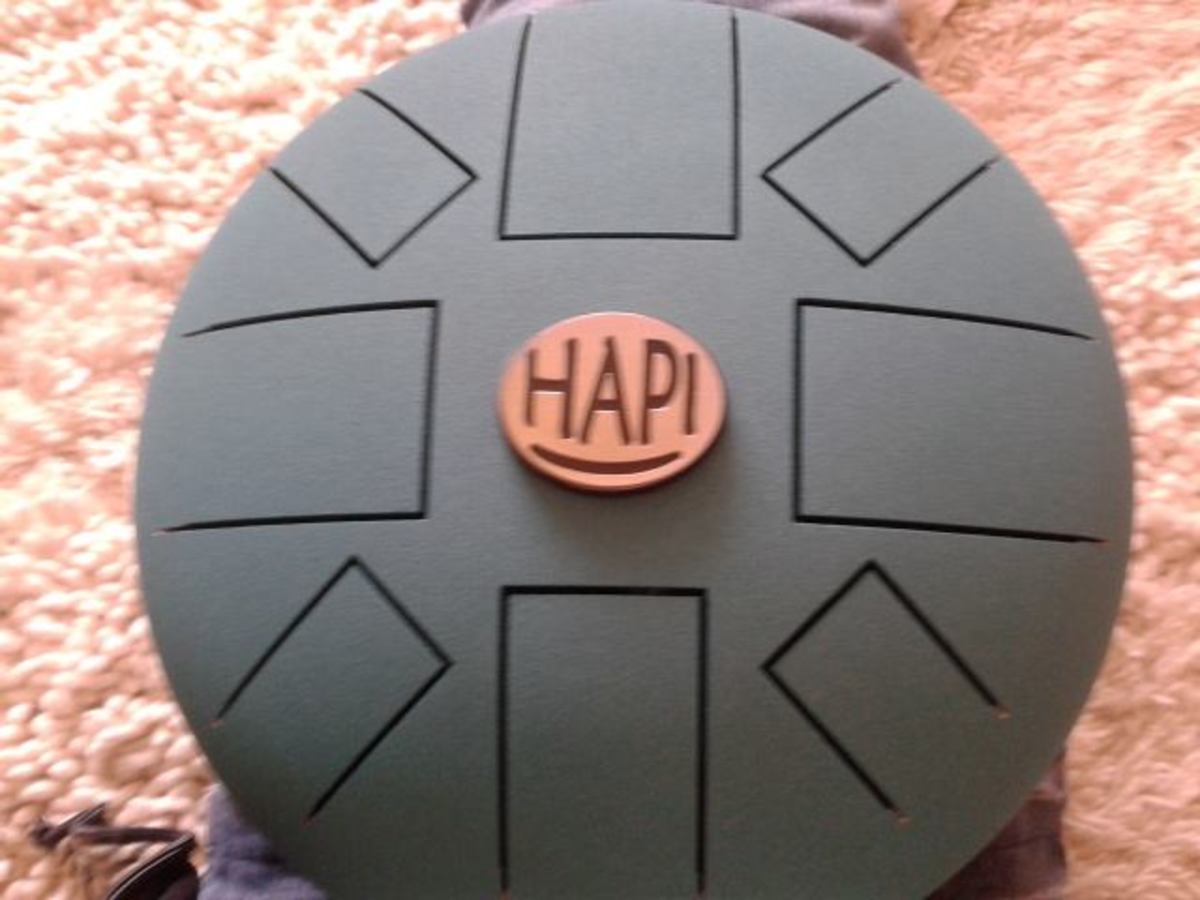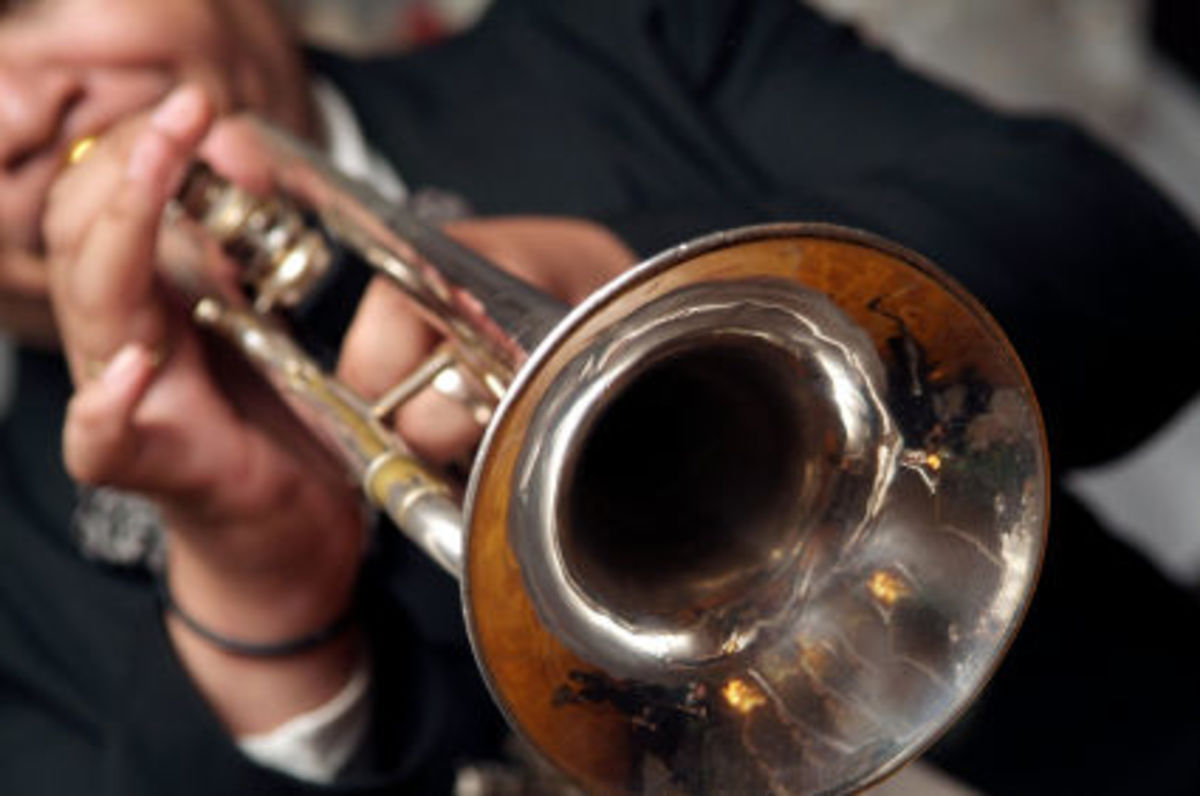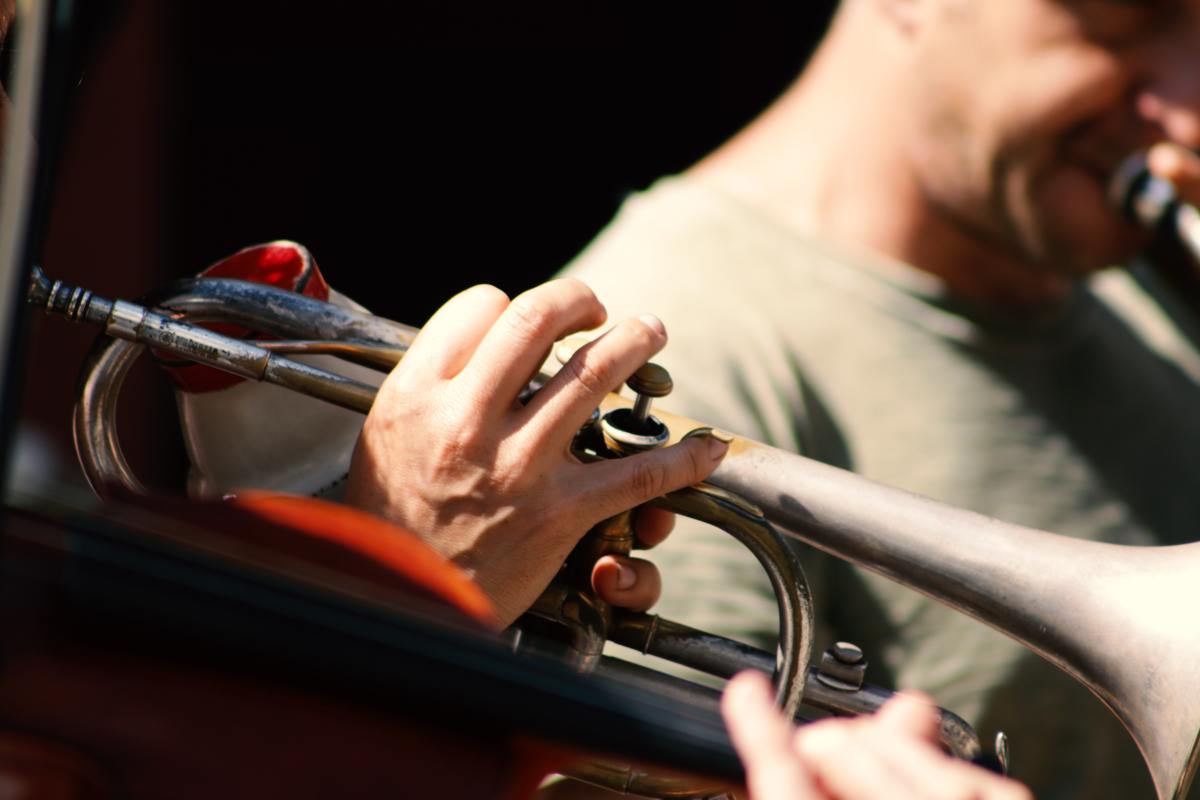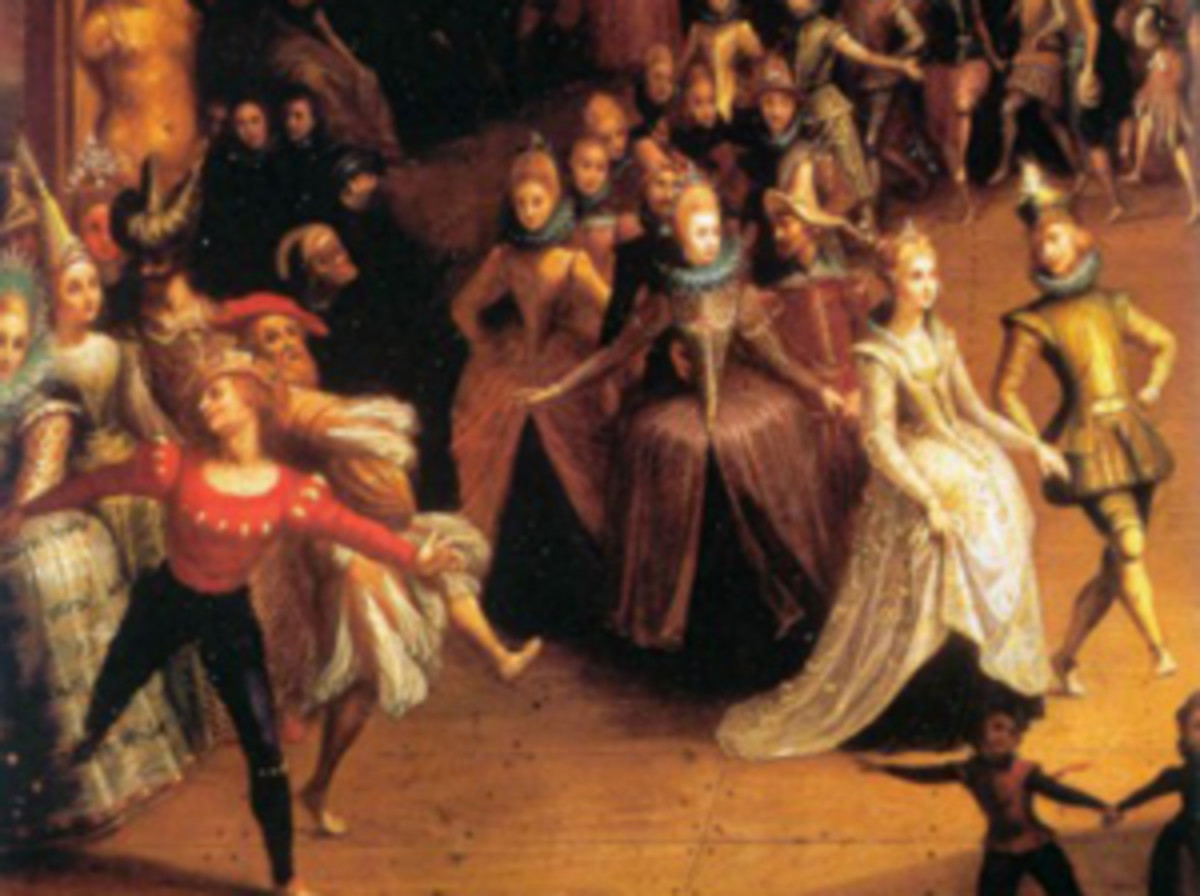Trumpet Technique.
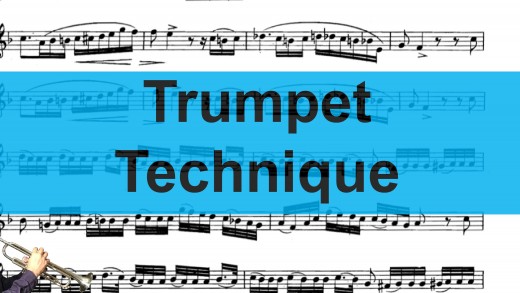
Trumpet Technique
There are many different aspects that go into the technique of playing the trumpet or a brass instrument. I will cover most of the important techniques that will help take your playing to the next level. I have tried to keep all of the descriptions short and to the point. I have covered techniques which I consider to be the rudiments of good trumpet playing. These techniques are the basis of my teaching and I hope it they have a positive impact on your playing too. The page would be best suited for the advancing player.
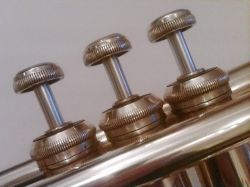
Breathing
Breathing is regarded as the most important aspect of playing a brass instrument. Without a good breathing technique, other techniques won't be as effective. To breathe correctly it is important to inhale from the bottom of your lungs as this is where your diaphragm is situated. In simple terms the diaphragm sucks the air in and then releases it. The best way to describe this is to breathe in like a yawn and then to relax and let the air fall out. Try this a few times; yawn in deeply as the diaphragm tightens and and then let the air fall out as the diaphragm relaxes. Notices how good it feels to relax as the air exhales with absolutley no effort at all. Try not to blow or force the air out as this can lead to a tight throat.
Abdominal Support
Abdominal support or diaphragm support is when you compress the air in your lungs with your stomach muscles. This is probably the biggest misconception of brass technique. You yawn in deeply as the diaphram tightens and creates a vacuum which sucks the air in. You then relax and your diaphram falls back to it's resting state as the air exhales. As the air falls out of your lungs you support your diaphram with your abdominal muscles which adds extra compression and control to your breathing.
Breathing Exercise for Trumpeters
I find this breathing exercise the most productive for trumpet playing as it helps to promote relaxation and an open throat.
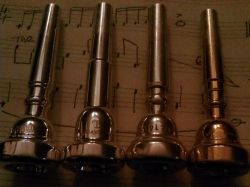
Instructions
- Breathe out as far as you can and then hold your breath for at least 30 seconds. (The longer the better)
- Then simply relax and allow yourself to breath in. It is important that you make no effort to breath in, just simply observe how your body naturally breathes in deeply from the diaphragm at the bottom of your lungs. This is a great way to discover what using your diaphragm feels like. Notice how your lungs inflate then immediately deflate with no effort. You want to try and replicate this when you play.
- To discover your supporting muscles repeat the exercise above, but this time tighten your stomach muscles while your lungs are empty. Hold your breath as before and then allow yourself to breathin while your muscles are firm. Your abdominals should feel like elastic around your inflated lungs. These are some of the muscles you use to support your diaphragm. Experiment breathing in partially and then tightening your abdominals and then breath in fully. This is a called a wedge breath.
Embouchure
The embouchure is the term used to describe how you shape your lips to make a buzzing sound. Try to put your lips together like you're about to pronounce the word "pee". This should help keep your lips in an efficient position. Though you should tighten the corners of your lips you should avoid stretching them out too much as this could lead to less power and make you more prone to injury. Try and develop an aperture, a small hole, where the air is allowed to pass though your embouchure and help produce a focused buzz. Focusing your buzz through an aperture will help you avoid making a pinched sound. The best place for the aperture is just below the centre of the mouthpiece, 1/3 bottom lip, 2/3 top lip, keeping the fleshy part of your lips in the mouthpiece is the norm.
Tongue Level
Tongue level is when you change the cavity size of your mouth by using a larger "or" shape for low notes moving to a smaller "ee" shape for higher notes. Think of your tongue level as part of your embouchure as a tunnel of air that moves through to the aperture. This technique manipulates the air pressure which helps to change the pitch of the note. It is important this is done with front of the tongue and not the throat, also keep the tip of your tongue behind your bottom teeth. When you play high notes with this technique you are able to keep a passage for the air to flow creating an open sound more easily. The air flows over the tongue level which then leads straight into aperture which makes for an efficient technique. The brilliant thing about using this technique is that your lips will move in sympathy to the level of the tongue. So when you say "ee" your lips get tighter and "or" your lips get looser.
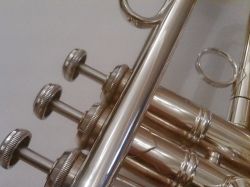
Tonguing
Tonguing is when you articulate the note with a "T" or "D" sound. It is important that you deveIop a light tongue action which opens like a valve from a contact position which is normaly behind the upper teeth or gum line. Tonguing is best achieved with the tip of your tongue resting behind the bottom teeth and then articluating just behind the tip of the tongue behind the top teeth. To start a note the tongue starts in its contact position allowing air pressure to build up behind it. The tongue then releases the air with a pop. The tongue can be released sowly for a soft attack or quickly for a more accented attack. Used this in conjunction with the tongue level tongue ”tor“ for low notes and “tee” for high notes. Try and develop a light action which will help you to tongue faster.
How To Play High On The Trumpet
To play high notes on the trumpet use all of the techniques above.
- Take a relaxed breath in from the bottom of your lungs.
- Let the air exhale naturally and support the lower part of your lungs/diaphragm with your stomach muscles to create air compression and extra power.
- Hold your lips in a “p” position and form a small aperture/hole.
- Male sure the tip of your tongue rests behind your bottom teeth allowing the front upper part of the tongue to arch up to create a hiss.
- Concentrate on the muscle at the centre of your lower lip. This should have a very slight upward motion (though not visible) as you assend in to the high upper register.
